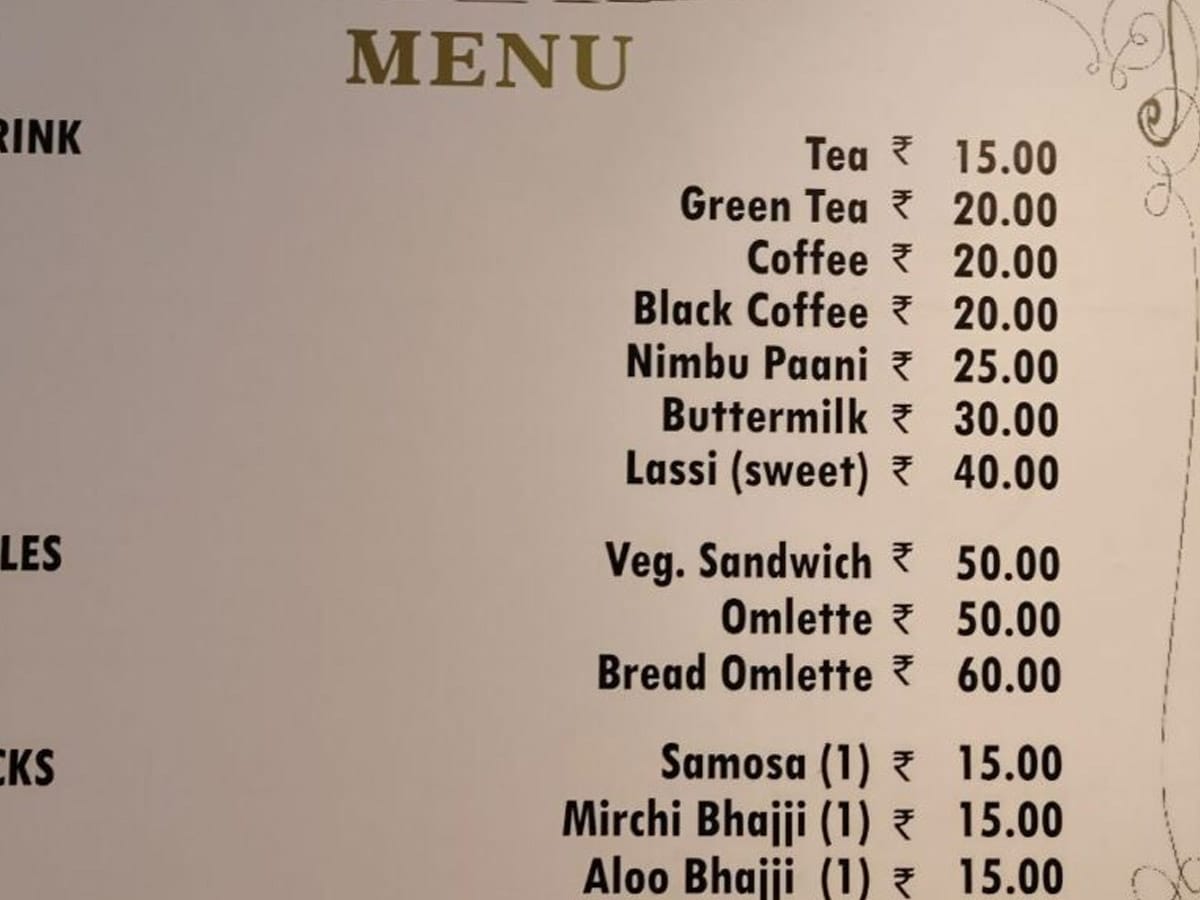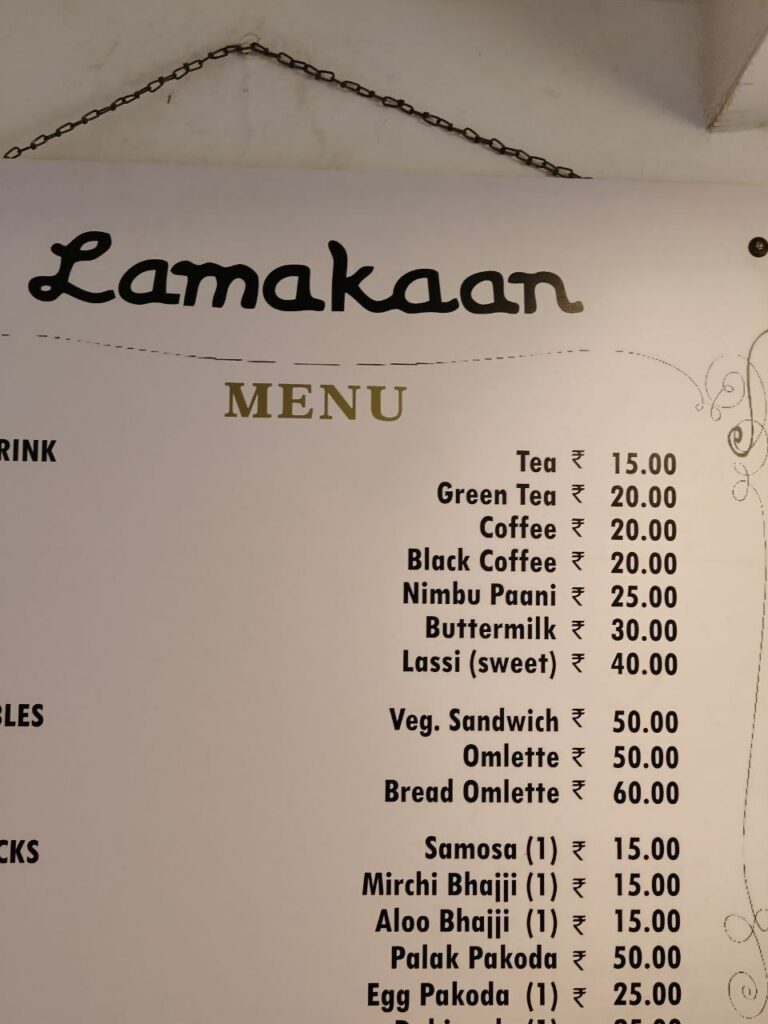
Hyderabad: The city’s ubiquitous Irani chai has become a tad costlier all thanks to rising prices of essential commodities. The cost of the beloved hot beverage, a daily indulgence for many, has slowly gone up to Rs 20 across cafes. Restaurant and cafe owners in the city have attributed this to the increase in prices of milk and other materials.
However, this is unlikely to affect sales in any way, given that for many Hyderabadis sipping Irani chai is a daily habit come what may. Irani chai at a handful of cafés like Grand Hotel at Abids was Rs 15 until a few weeks ago. However, Grand, Hyderabad’s oldest surviving Irani joint, has also hiked up the price to Rs 20. Among the old places, and Garden Cafe in Secunderabad Is still among the few where chai is still being sold for Rs 15.
While the price of Irani chai had gone up recently in some places, Rs 20 now has become the norm. Even at Lamakaan, Hyderabad’s cultural space, tea is now selling at Rs 15. It was one of the few places where tea was sold for just Rs 10 not long ago.

“The cost of milk and other things have gone up. Inflation also means we have to pay higher salaries,” said Mohd Aslam, the owner of Nimrat cafe at Charminar. He added that regardless of the cost, it will not affect sales in any way. “It is not just chai, but the concept (of Irani chai) that is being sold. People are paying a premium in some places” he remarked.
Disuse of traditional porcelain cups post COVID-19 scenario
Another thing attributed to the increase in prices is the usage of styrofoam cups post the COVID-19 pandemic. Many cafés had to stop serving chai in the traditional porcelain cups due to the fear of COVID-19 spreading. Using plastic of styrofoam cups also added another expense to the cost of Irani chai. In fact, many cafés even did away with seating, only leaving the option to stand and have tea.
“While using disposable cups was definitely an added cost, doing away with seating is not an issue. In fact, it works well as now people will have tea and leave instead of sitting for hours,” joked an Irani cafe owner, who did not want to be named. The usage of disposable cups in fact is something that many Irani chai lovers have been complaining about since the pandemic.

“Half the charm of having Irani chai is sitting in a cafe and sipping on it for as long as we want while conversing. Without porcelain cups it feels like there’s no culture,” said Jayakar K, an old timer from Secunderabad who frequents garden cafe.
Irani chai/cafe history
Irani chai, which has immense cultural significance in Hyderabad, was created here by Iranian migrants who came to the about a century ago. While it is not known exactly which was the first one to be set up, Grand Hotel is the oldest surviving cafe (established in 1935).
The migration by Iranians took place in the early 20th century. Those Iranians also went to Karachi (Pakistan), while some reached Bombay (by sea) and then to Hyderabad. It was easier for them to live in Hyderabad also, given its Persian roots and culture river shares with Iran historically. The official languages of Hyderabad-Deccan state (ruled by the Nizams were Persian and Urdu.)
The irony however is that Irani chai sold here is not what Iranians drink back home. It is simply called so because of the tea that was sold in these cafes run by Iranian owners. The slow boiled (sweet) milk and decoction, which is mixed half and half, is served in these cafes. Both the liquids are in fact on slow boil all day long!
While drinking chai itself is not something new, the concept of drinking chai as a habit was introduced by the British to the masses. When the Iranians landed in India, they realised that people were by then used to having the beverage with milk. Post independence, Irani cafés also became a hub for intellectuals and students, who would sit and discuss politics there.



